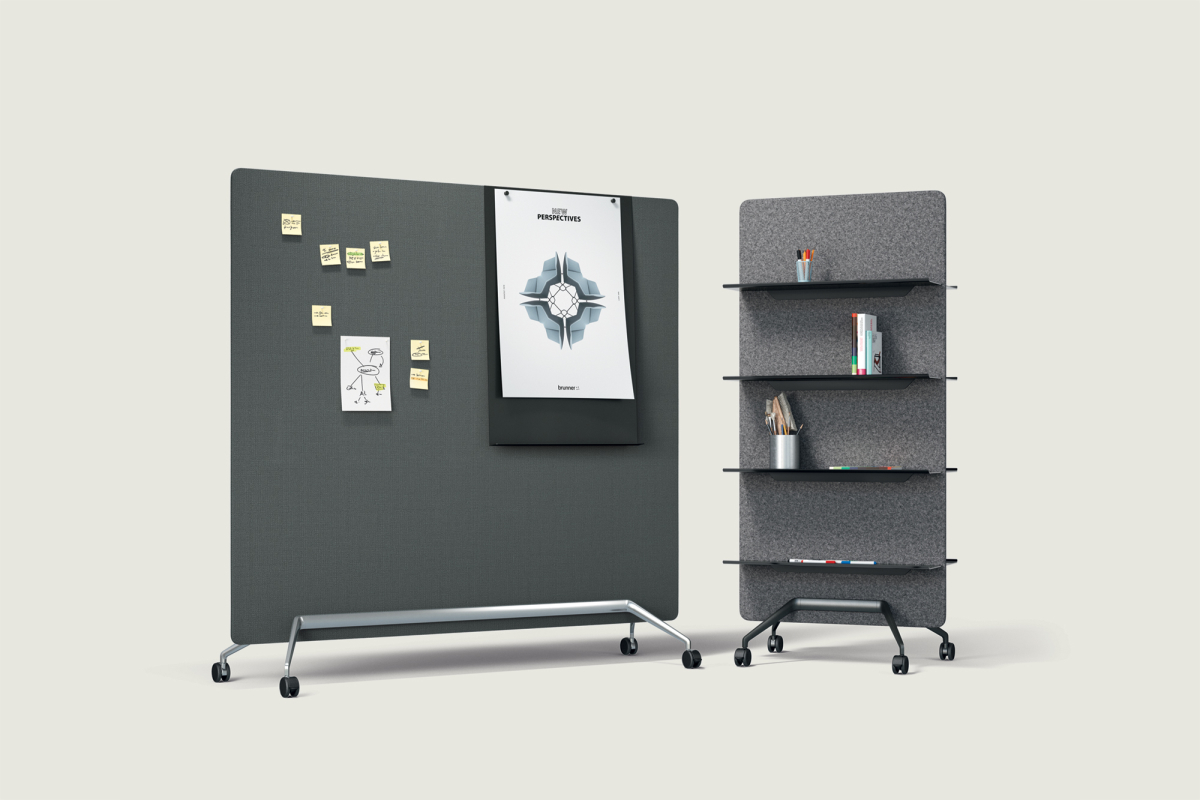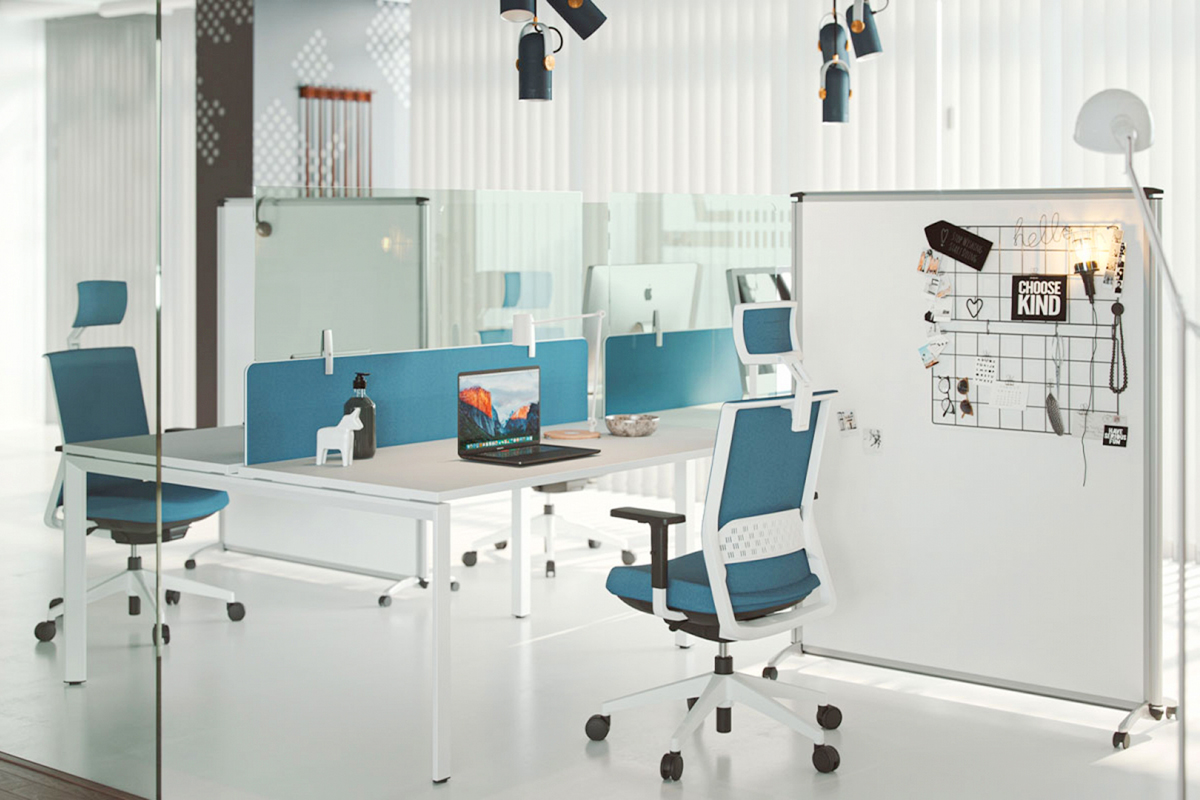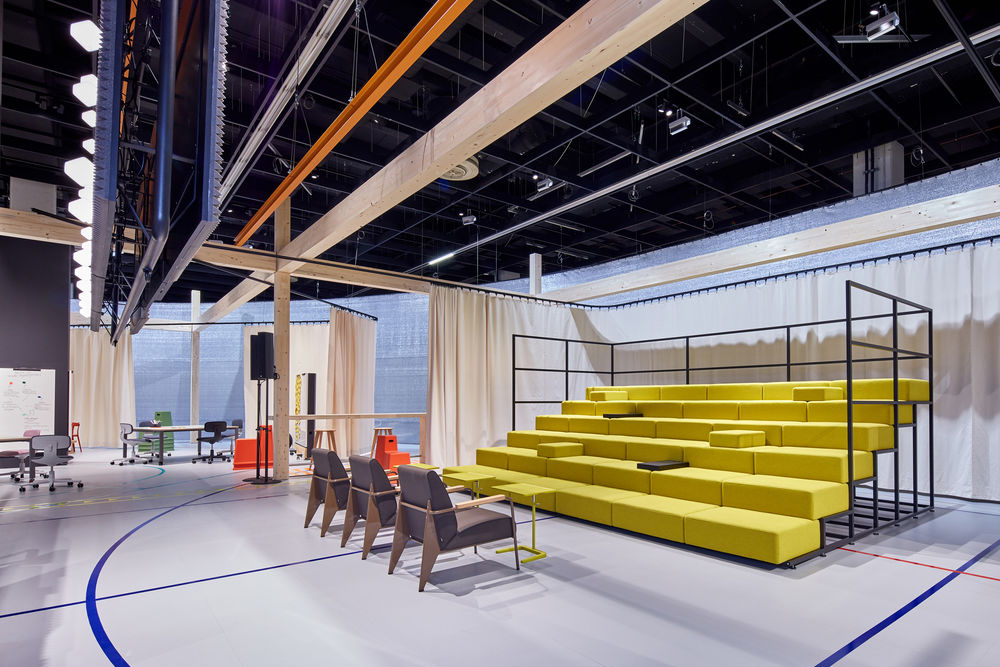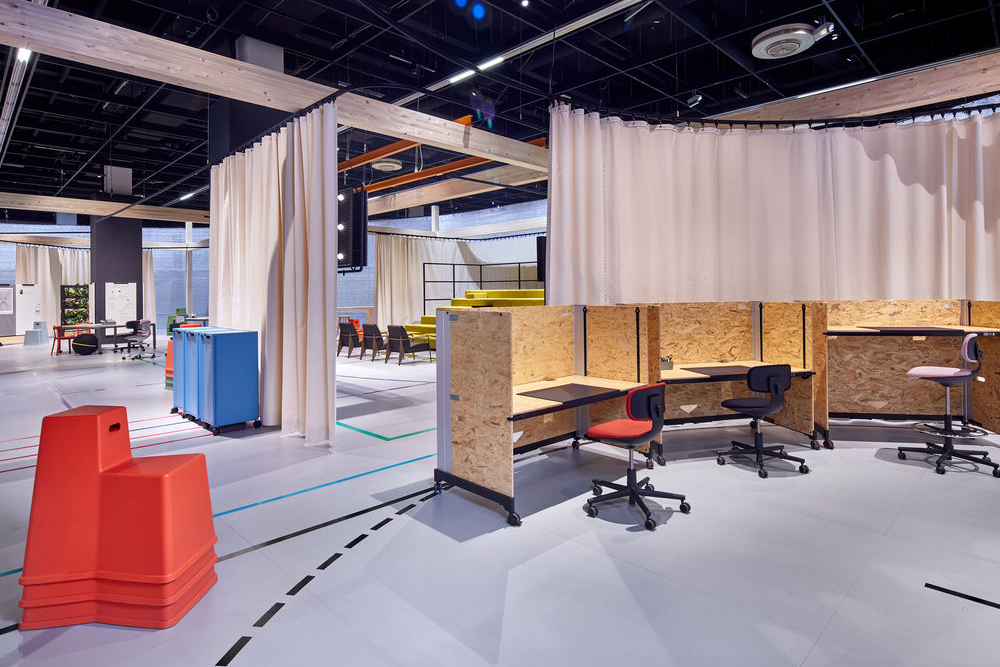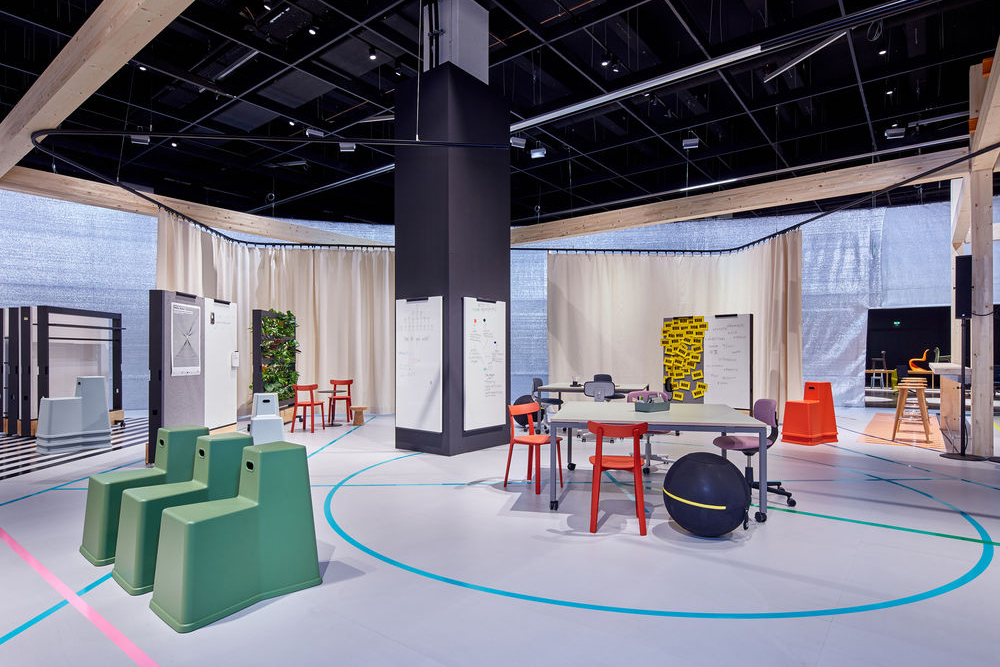When talking to people responsible for office arrangement one can often sense an uncertainty with regards to a timeframe of the introduced changes. Most of us didn’t expect the pandemic to last for such a long time. At the same time we reluctantly acknowledge that this situation can last for a longer period of time. As a result, many people refrain from decisions regarding changes of office space.
Industry reports indicate that changes are not temporary. EPidemic quickened the changes which would happen anyway. It’s not probable that we’ll return to a state from a few months back.
Home office will remain for good, but not like during total lockdown. Offices will change their character – in direct proportion to the way in which culture changes in our organisations. Instead of lines of desks we will need spaces fostering meetings, discussions, exchange of ideas and experiences. Permanent change in our everyday reality requires… new scenography.
Office space will not be designed “once and for all”. On the contrary, there will be an increased interest in furniture which can adjust to dynamic configurations. Flexible solutions can have various forms. Stackable chais can be easily stored in office warehouse and taken out when needed. Mobile furniture – desks, chairs, lockers and screens with wheels. And finally: modules, furniture designed for development or expansion depending on the needs.
Flexible office is a topic which has been present in the interiors industry for a long time. It was strongly visible during last installment of Orgatec fair. We reported that the ability to adjust is a value not only with regard to employees but also to space design.
Vitra’s presentation was a good example, tellingly titled “Work” (rather than “Office”) – office is merely a tool which reacts to how people are working – explained Jonathan Olivares, author of the concept. 3 possible future scenarios were presented. One of them – Super Flexible Office – was designed by Konstantin Grcic. His vision included an office which can be often and quickly rearranged. At the same time, irrespectively of its current form, it always retains its identity. agile officeWhat counts are creativity, communication and exchange of ideas. In a so called agile office users of space can easily and quickly change it, adjusting it to their needs. They are aided by furniture on wheels, mobile screens, multi-function partitions and stackable chairs.
A year and a half has passed since Grcic’s presentation. Authors of the concept stressed, that such an office is perfect for start-ups, “which naturally embrace change”. Now it seems that most companies will work in such a way.
All texts from the “Return to the office” cycle can be found in the RESEARCH category. If you need help in adjusting the office to the new environement, contact us – we will help you find the optimal solutions.

